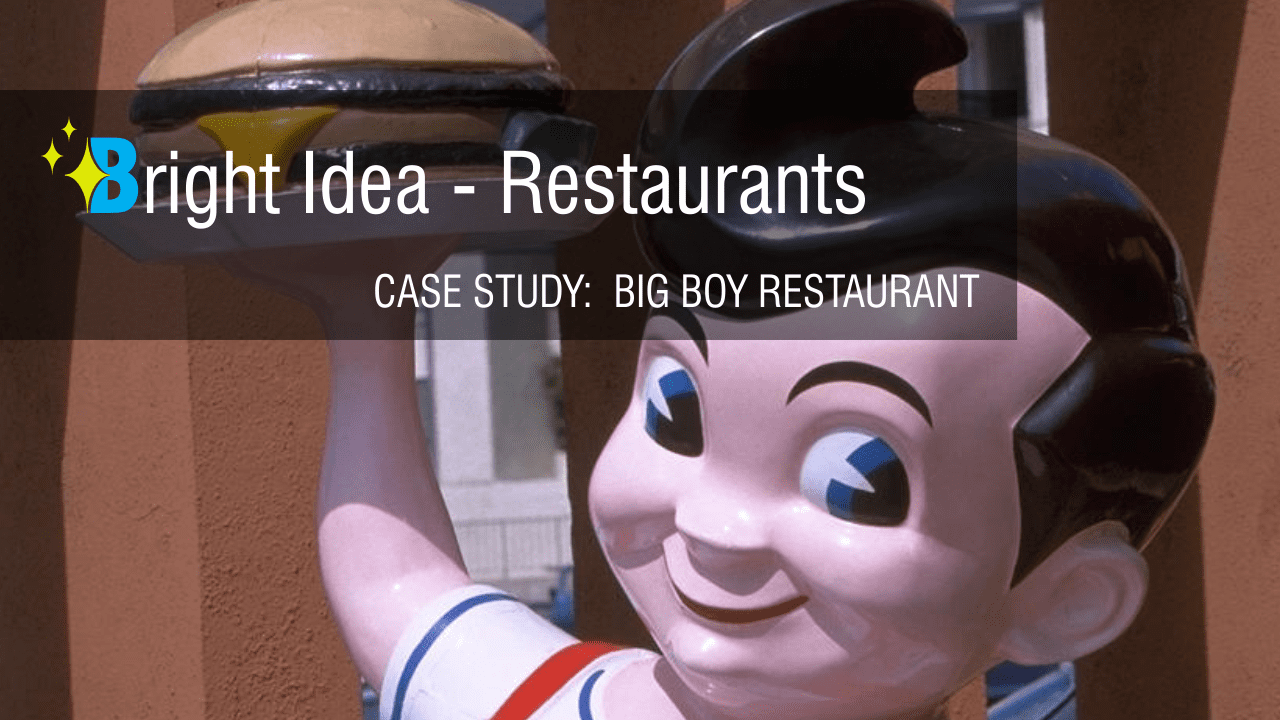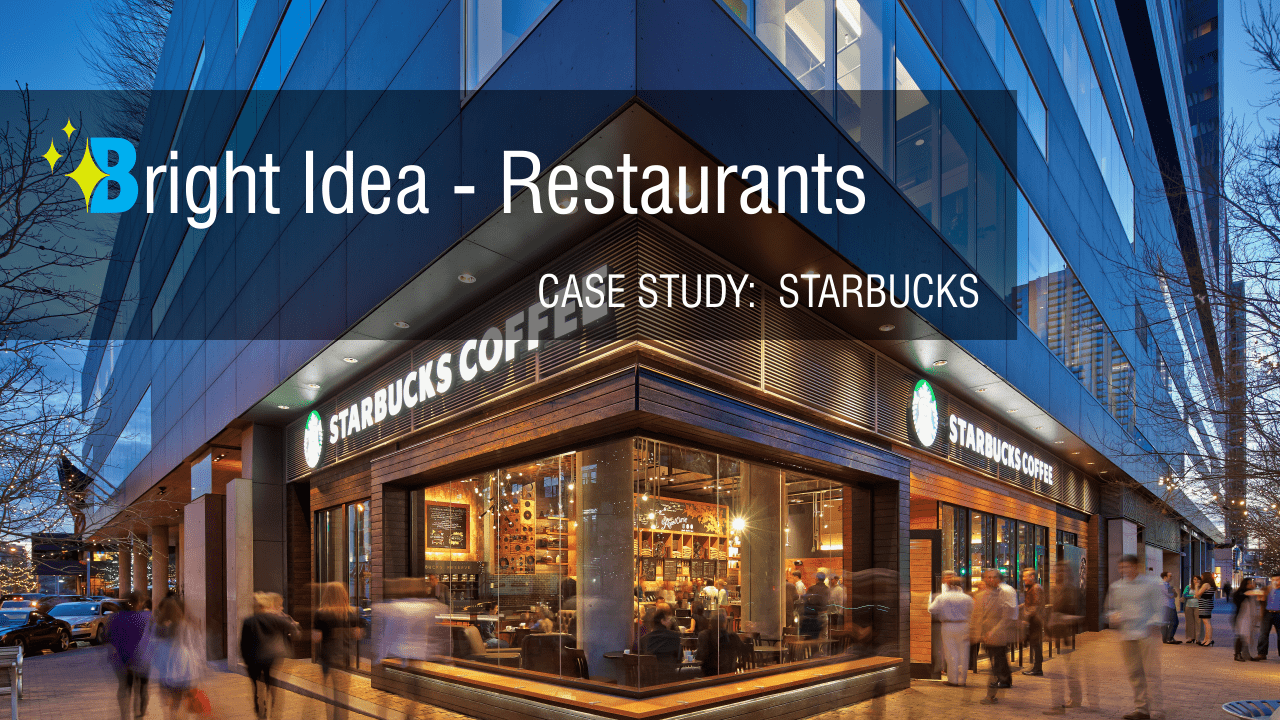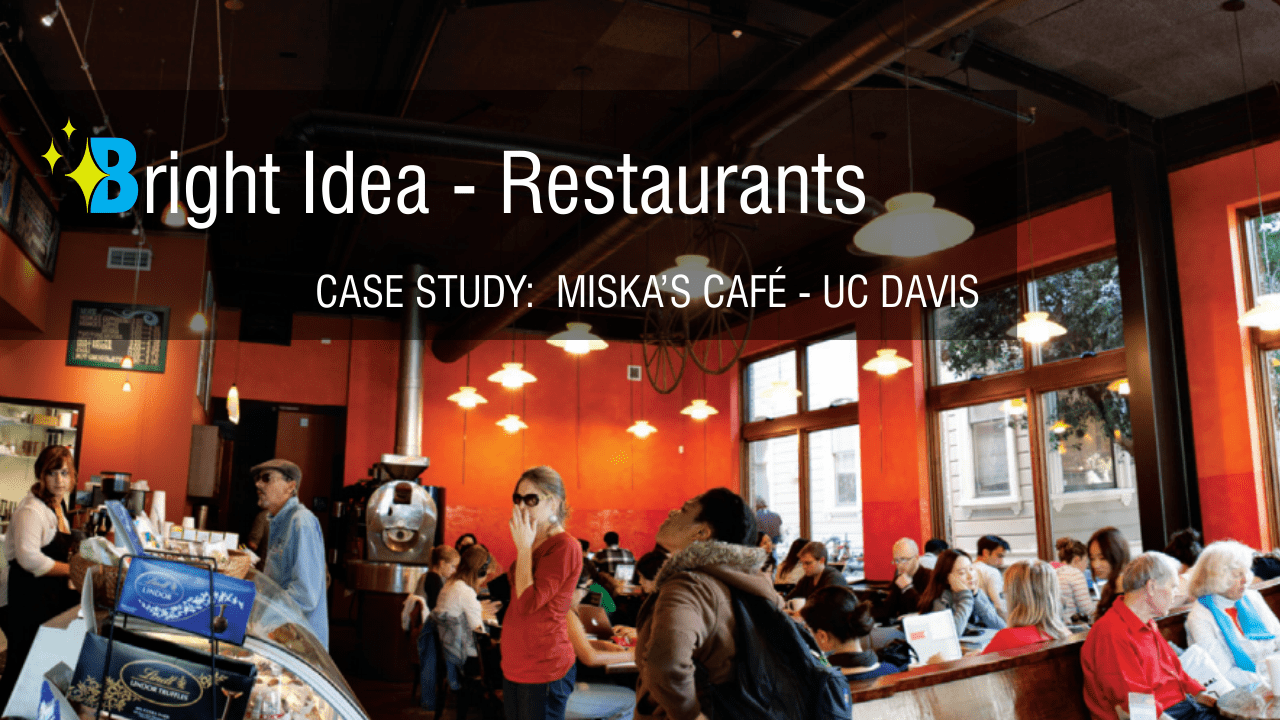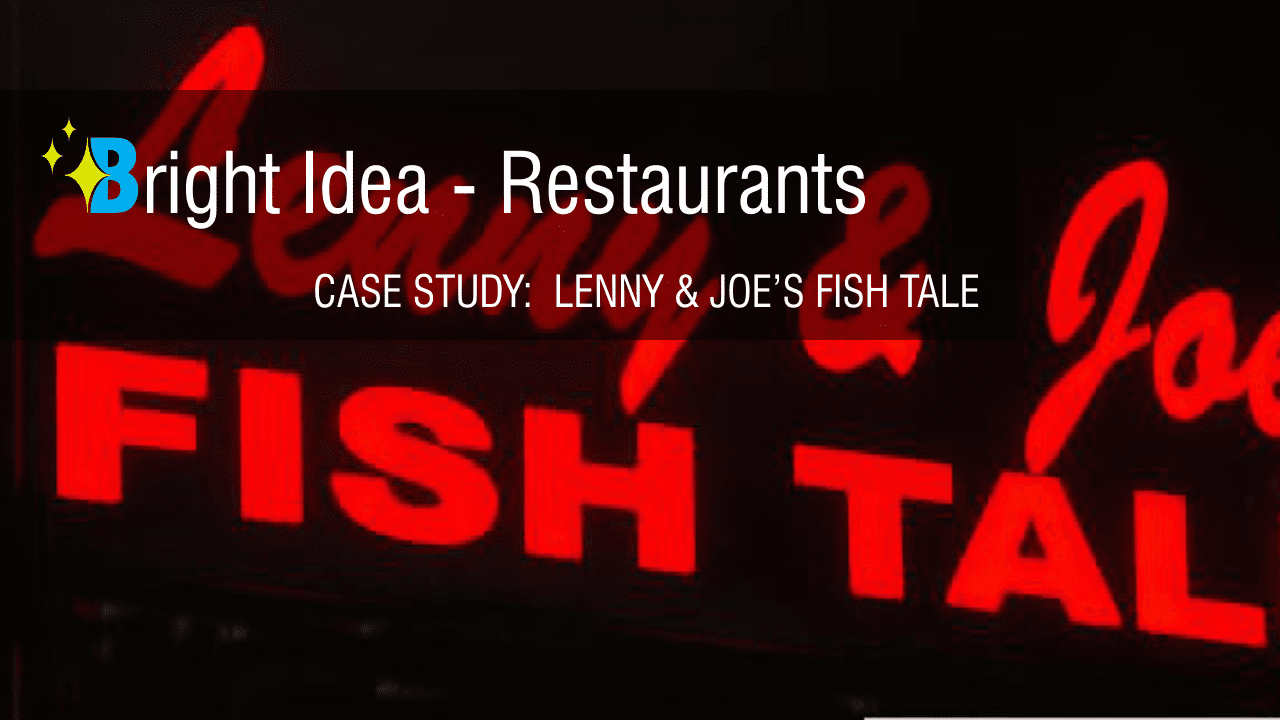
Home of the Original Double Decker – a famous Big Boy restaurant required some energy efficiency upgrades. Property owners, Joe Diequez and Jonathan Marsh, were looking for an innovative way to finance building improvements and replace inefficient cooking equipment. Like many small business owners, they were looking for a long-term financing solution that would ensure that building improvements pay for themselves in 10 years.
Project goals included:
- Improve overall building performance and comfort
- Upgrade kitchen equipment
- Reduce utility bills
- Reduce operating costs
- Improve the environment






